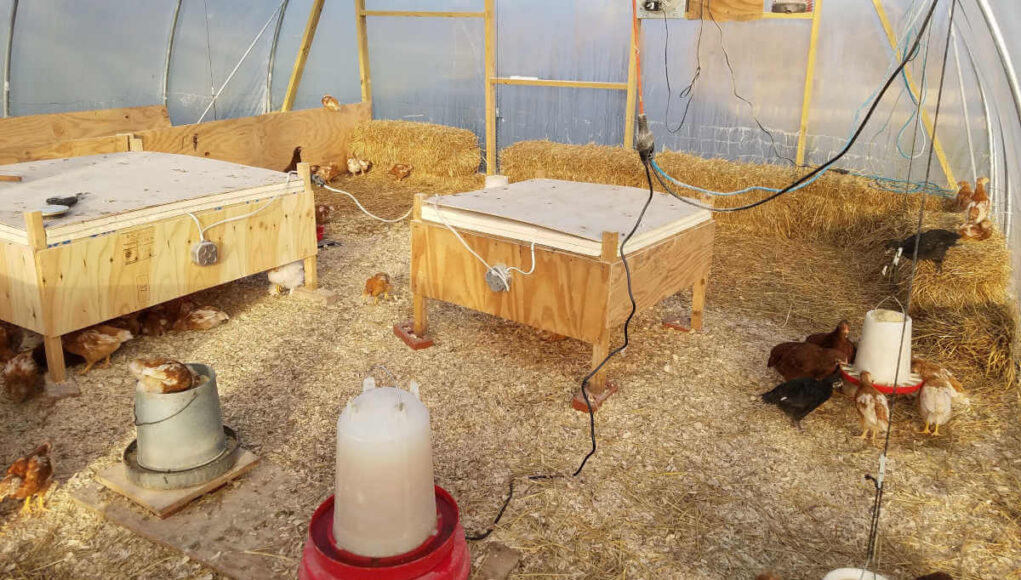Raising chicks can be an exciting and rewarding experience for any chicken lover. However, one of the most critical aspects of chick care is ensuring they receive the right amount of warmth. Understanding when do chicks not need heat anymore is crucial for their healthy development. In this guide, we will explore the journey of chicks as they grow and when they can be safely moved away from supplemental heat sources.

The Importance of Heat for Chicks
Chicks are born without the ability to regulate their body temperature. This means they rely heavily on external heat sources to keep warm, especially in the first few weeks of life. Providing the right amount of warmth is essential to prevent stress, illness, and even death. But how do you know when it’s time to reduce or remove the heat?
Understanding Brooding Temperature
The brooding process involves maintaining a warm environment for chicks. This is usually done using heat lamps or brooder plates. The recommended starting temperature is around 95F (35C), which should gradually decrease each week.
Week-by-Week Temperature Guide
- Week 1: 95F (35C)
- Week 2: 90F (32C)
- Week 3: 85F (29C)
- Week 4: 80F (27C)
- Week 5: 75F (24C)
- Week 6: 70F (21C)
By following this guide, you can help ensure your chicks are comfortable as they grow.
Signs Your Chicks Are Ready to Be Without Heat
As your chicks grow, they’ll begin to develop feathers that help them regulate their body temperature. Here are some signs that indicate they may be ready to move away from supplemental heat:
- Fully feathered: Chicks usually become fully feathered by 6 weeks of age.
- Active and energetic: A healthy chick will be active and curious, exploring their surroundings.
- Consistent body temperature: When chicks can maintain a consistent body temperature without huddling under the heat source, they are likely ready for cooler conditions.
Transitioning Chicks to Cooler Temperatures
When transitioning chicks to cooler temperatures, it’s crucial to do so gradually. Begin by reducing the heat source during the day and monitoring their behavior. If they appear comfortable, you can continue to decrease the heat. Be sure to watch for signs of distress, such as huddling or lethargy, which may indicate they still need warmth.
Common Mistakes to Avoid
When it comes to removing heat, there are some common mistakes to avoid:
Removing Heat Too Early
One of the most common mistakes is removing heat too early. This can lead to cold stress and negatively impact their growth and health. Always ensure they are fully feathered and comfortable before making this transition.
Ignoring Environmental Factors
Environmental factors, such as outdoor temperatures, can impact when chicks no longer need heat. For example, if it’s still chilly outside, you may need to keep providing warmth for a little longer.
FAQs About Chicks and Heat
How do I know if my chicks are too cold?
Chicks that are too cold will huddle together under the heat source. They may also chirp loudly and appear lethargic. If you notice these signs, consider raising the temperature or adding another heat source.
Can I use a heating pad instead of a heat lamp?
Yes, a heating pad can be used as an alternative to a heat lamp. Just ensure it covers a portion of the brooder so chicks can move away if they get too warm.
What if my chicks are not fully feathered by 6 weeks?
If your chicks are not fully feathered by 6 weeks, continue providing heat until they are. Each chick develops at its own pace, and it’s essential to cater to their individual needs.
Conclusion
Understanding when do chicks not need heat anymore is essential for any chicken enthusiast. By closely monitoring their development and behavior, you can ensure they remain healthy and comfortable as they grow. Remember to transition them gradually and consider environmental factors to make their move away from supplemental heat as smooth as possible. For more information on chick care, check out this brooder basics guide.

Resources for Further Reading
For more in-depth information on chick care, you can explore the following resources:
This article contains affiliate links. We may earn a commission at no extra cost to you.











